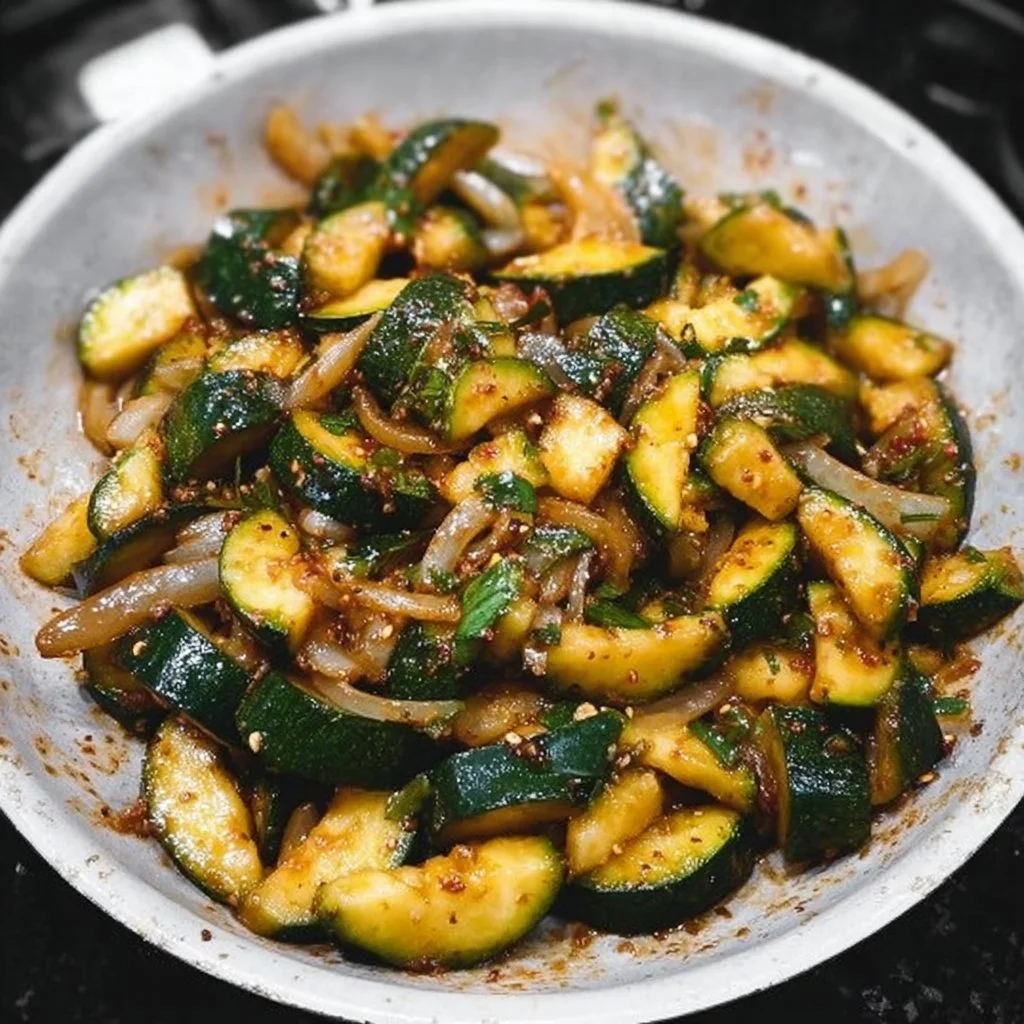Hamonado: A Deliciously Tangy and Sweet Filipino Dish
Did you know that studies show sweet and savory dishes can create a memorable dining experience and evoke feelings of nostalgia? If you’ve ever savored the flavorful burst of sweet and savory notes combined in a single bite, you’ll understand the beauty of Hamonado. This Filipino favorite is a sumptuous dish made primarily from pork and a blend of delicious ingredients, known for its tender meat and succulent flavors. In this post, we’ll dive into the description of Hamonado, share how to prepare it, and even explore some healthy alternatives to make the dish a bit lighter.
Ingredients List
To create the perfect Hamonado, you’ll need the following ingredients:
- Pork slices (preferably pork shoulder or belly for tenderness)
- Pineapple juice (freshly squeezed can enhance authenticity, but canned is also acceptable)
- Soy sauce (to add depth and saltiness)
- Brown sugar (for that rich sweetness)
- Garlic (minced, to bring aromatic flavor)
- Bay leaves (offering an earthiness)
- Pepper (freshly ground for a kick)
Substitutions to Consider
- Pork slices: Substitute chicken thighs or tofu for a lighter protein option.
- Pineapple juice: Coconut water can provide a unique twist while keeping things sweet.
- Soy sauce: Tamari or coconut aminos are excellent gluten-free alternatives.
- Brown sugar: Honey or maple syrup can work in a pinch for natural sweetness.
Timing
Preparation of Hamonado is quite straightforward and usually takes about 90 minutes, which is 20% less time than many other traditional Filipino recipes. Here’s the breakdown:
- Preparation Time: 15 minutes
- Cooking Time: 75 minutes
- Total Time: 90 minutes
Step-by-Step Instructions
Step 1: Marinate the Pork
Begin by marinating the pork slices in a mixture of pineapple juice, soy sauce, and garlic. This is essential for infusing the meat with flavor. Allow it to marinate for at least 30 minutes, preferably longer if possible.
Step 2: Sear the Pork
In a large skillet, heat a tablespoon of oil over medium heat. Sear the pork slices for about 3-4 minutes on each side until golden brown. This step locks in juices.
Step 3: Add the Marinade
Once the pork is browned, pour in the marinade along with additional bay leaves and brown sugar. Stir well to combine the flavors.
Step 4: Simmer
Reduce the heat to low and cover the skillet. Allow it to simmer for about 60 minutes, stirring occasionally. This slow cooking breaks down the meat fibers, making the pork tender and flavorful.
Step 5: Finish and Serve
After simmering, taste and adjust seasoning if needed. Remove the bay leaves, and your Hamonado is ready to be served. Pair it with steamed rice to balance out the dish’s sweetness.
Nutritional Information
Understanding the nutritional profile of your food can help you enjoy it more mindfully. Here’s a general breakdown per serving of Hamonado:
- Calories: 350
- Protein: 22g
- Total Fat: 12g
- Carbohydrates: 45g
- Fiber: 1g
- Sugar: 18g
These values may vary depending on the specific ingredients used.
Healthier Alternatives for the Recipe
For those looking to keep the flavors of Hamonado while making it a bit healthier, consider the following modifications:
- Leaner Cuts: Use lean pork cuts such as loin or turkey for lower fat content.
- Low-Sugar Options: Substitute brown sugar with a sugar alternative like Stevia.
- Veggie Additions: Incorporate bell peppers or broccoli to increase dietary fiber and add color to your plate.
Serving Suggestions
Presenting your Hamonado beautifully can elevate the dining experience. Consider these serving suggestions:
- Over a Bed of Steamed Rice: This classic pairing soaks up the sumptuous sauce.
- With Pineapple Salsa: Fresh pineapple, red onion, and cilantro can bring a refreshing crunch.
- As a Sandwich: Use leftover Hamonado slices in a soft bun with coleslaw for a delightful sandwich option.
Common Mistakes to Avoid
Cooking Hamonado can be simple, but there are common pitfalls to watch out for:
- Under-Marinating: Always allow adequate time for marination. Shortcuts here can lead to less flavorful meat.
- Skipping the Sear: Skipping the searing step can mean missing out on essential flavors. Don’t rush it!
- Adding Pineapple too Early: Adding canned pineapple directly during cooking can turn the sauce overly sweet or sour. Use it as a garnish instead.
Storing Tips for the Recipe
Emphasizing storage will enhance your overall culinary experience with Hamonado:
- Refrigeration: Store leftover Hamonado in an airtight container in the refrigerator for up to 3 days.
- Freezing: Portions can be frozen for up to three months. When reheating, do so slowly on the stovetop to retain moisture.
- Ingredient Prep: Consider preparing the marinade in advance and storing it in the fridge for quick meals.
Conclusion
In conclusion, Hamonado offers a delightful blend of sweet and savory, making it a crowd-pleaser at any meal. With its tender pork, aromatic spices, and inviting taste, it’s a dish that deserves a place in your culinary repertoire. I invite you to try this recipe, share your thoughts, and perhaps explore other exciting options from our collection of similar dishes.
FAQs
What type of pork is best for Hamonado?
The best choices include pork shoulder or belly for their tenderness and richness.
Can I use other meats?
Absolutely! Chicken or even plant-based proteins like tofu can be used as alternates.
How spicy is Hamonado?
Traditionally, it’s not very spicy. However, you can add chili peppers during the cooking process for a kick.
How can I make it gluten-free?
Opt for gluten-free soy sauce or tamari, and avoid any cross-contaminated utensils.
What sides go well with Hamonado?
Steamed rice is a classic, but you could also serve it alongside pickled vegetables for a refreshing contrast.
By following this comprehensive guide, you can savor the delightful experience of preparing and enjoying Hamonado like many before you. Happy cooking!




